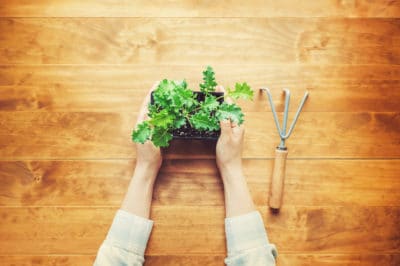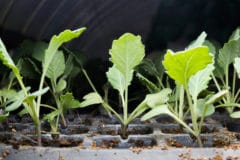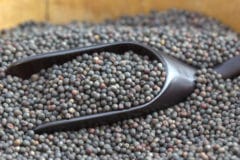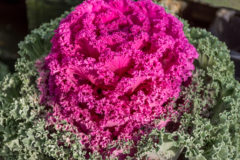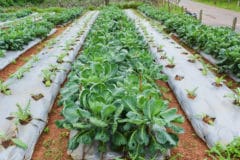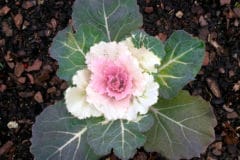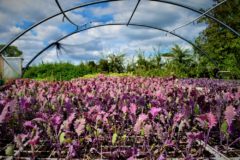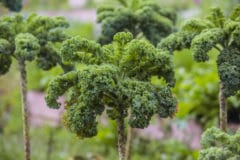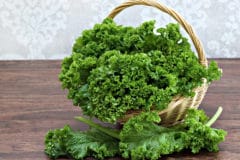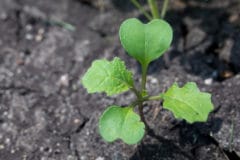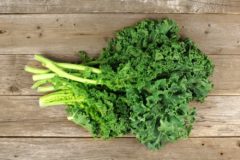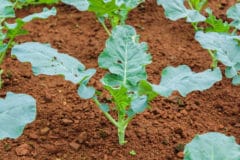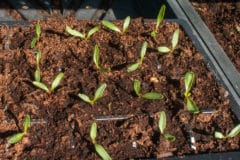Best Temperatures for Growing Kale
If you are planting kale seeds outdoors, the soil temperature must be at least 40°F (4°C) for the seeds to germinate. The optimum temperature for germination is 70°F (21°C).
When air temperatures reach 80°F (27°C), kale leaves become tough and develop a bitter taste. This bitter taste can be removed from kale, or any leafy vegetable, by giving the leaves a rolfing-style massage for a couple of minutes. As the massage breaks down cell walls, enzymes are released that split apart the compounds that cause the bitter taste.
If you are growing kale in pots or containers, move them into the shade when temperatures are above 80°F (27°C) and into shelter when temperatures are below 20°F (-7°C).
Kale is very hardy, though, and the flavor benefits from exposure to frost. Exposure to the cold adds sweetness to the taste. The cold causes the carbohydrates in the leaves to turn to sugar.
Preferred Light Conditions
When planting kale in the early spring, plant it in full sun. If you plant it so that you will be harvesting during the heat of the summer, plant it in partial shade.
Growing Times for Kale
Below, from planting to harvest, is a list of the growing times for some of the popular varieties of kale. Some of the popular varieties include:
- Red Russian – 40 to 60 days
- Vates – 55 to 60 days
- Winterbor – 60 to 65 days
Seeds and Transplants
If you start your seeds indoors for spring planting, start them five to seven weeks before the last frost date for your area. If you are sowing your seeds outdoors, start them two to four weeks before the last frost date.
If you are transplanting plants into your garden, start them one to two weeks before your last frost date. Be certain. though, that the plants have at least four true leaves with two more leaves beginning to form.
If you grew your own seeds, the plants will sprout with two cotyledons that are actually part of the seed. The true leaves will begin to form after the two cotyledons appear.
Call your local extension service if you don’t know last frost date.
Because kale is such a hardy plant, you can leave it in the ground or replant it in mid- to late summer for harvesting into the fall. You can enjoy fresh kale from your garden right up until the ground freezes over and hardens.
